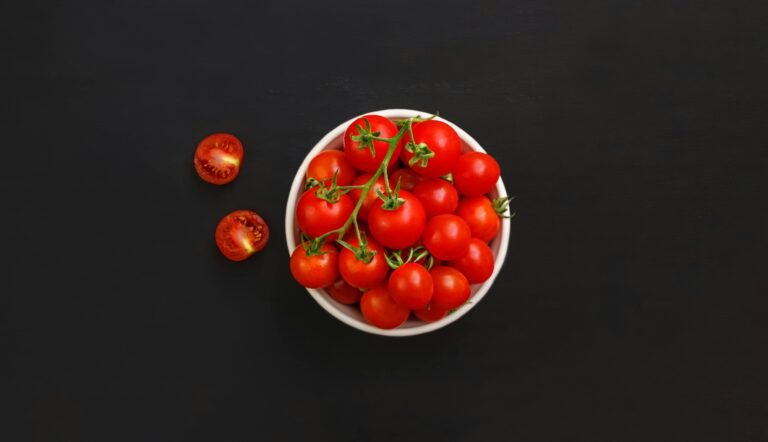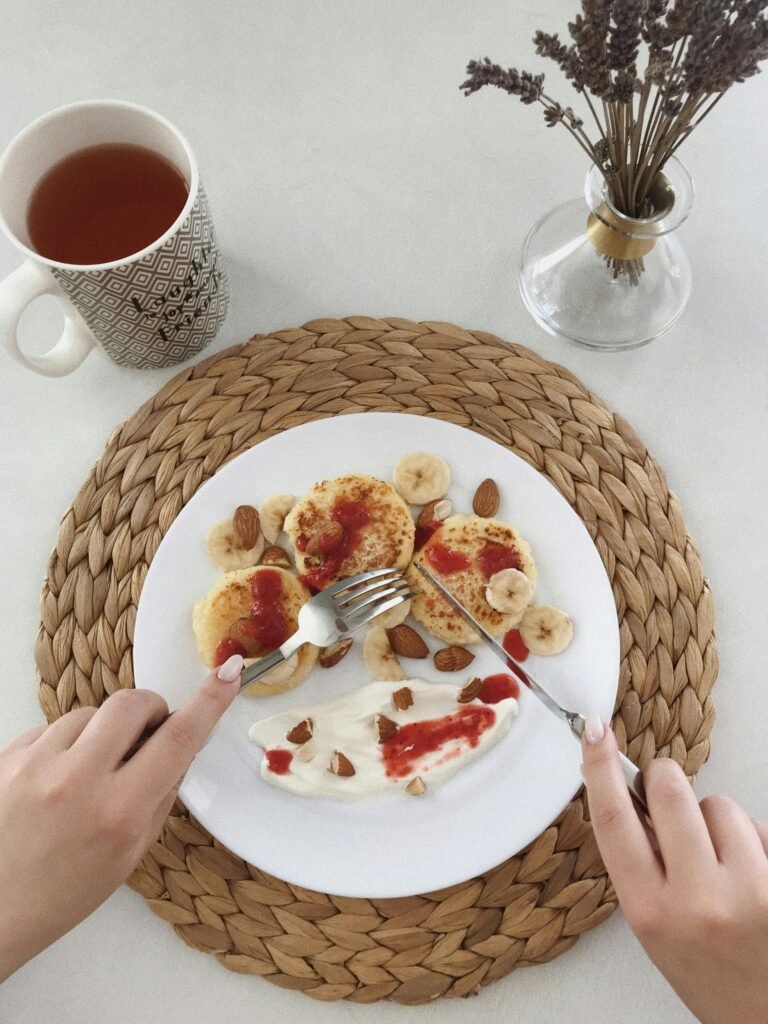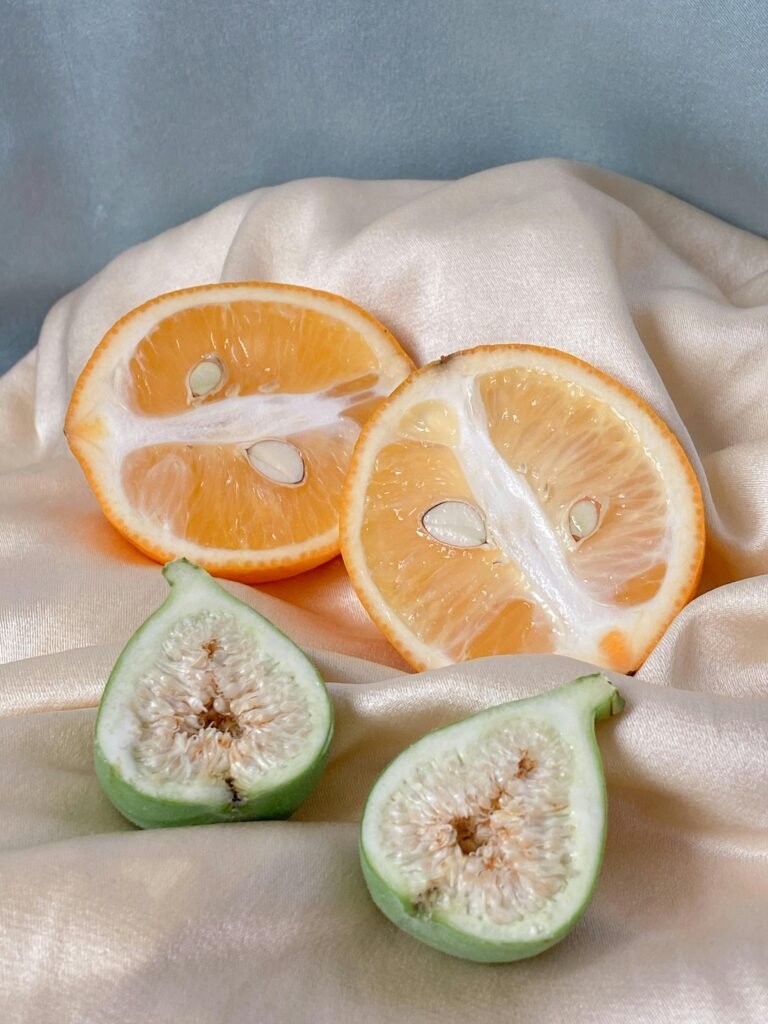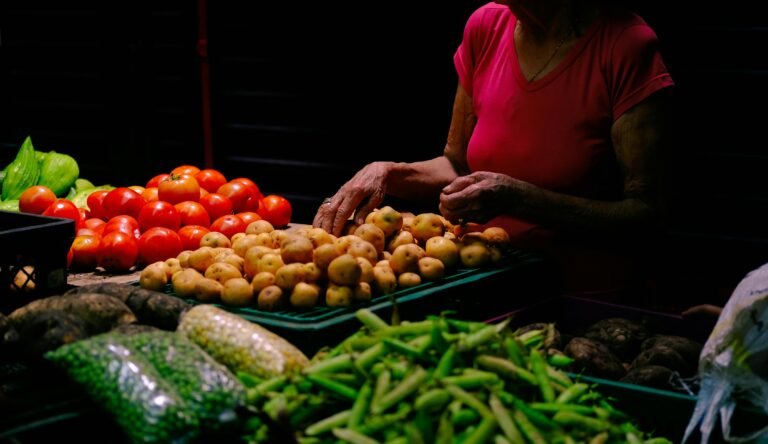Online at Easter: here’s what to eat at Easter and how much
The days of Easter and Easter Monday are two intense events with food. And even if they don’t weigh on our waistline like Christmas week, the one from Christmas to New Year to which the Befana is often added are still insidious for a reason. Because often between Carnival and Easter people end up overeating, arriving in May with overweight from holidays and winter. Which they then want to dispose of immediately.
Personally I think it is always better to play early so as not to worry about it later.
Yes to tradition, yes to extra food but with some small tricks so as not to overdo it.
There is also one more thing to consider. That is, people with high blood sugar, high triglycerides and high cholesterol cannot and should not overdo it. But they often get carried away by others. So let us be the first to set a good example.
So it will be better to try to moderate at the table even at Easter. What does it mean, we have to eat only fruit and vegetables or “a little bit of everything” as the dieticians advise us?
Not even for an idea. It is useless to try to impose an iron discipline. When we get to sit down at the table, stomach and instinct will decide for us.
But perhaps knowing in advance what to prefer and what to leave out (or eat less) can be useful rather than knowing nothing at all. We can say that we have eaten better than in previous years, simply because we knew what to eat and in what quantity. In particular, the fact that we will end up in style with many desserts must slow us down a bit on the consumption of other carbohydrates: therefore, let’s avoid making an encore or filling our dishes with pasta and rice, rustic pizzas, cheese pizzas, lasagna and so on if then we foresee pastiera and chocolate.
So here are the Yes foods and the Nì (but not No) foods of the Easter and Easter Monday menus.
EASTER MENU and EASTER MONDAY.
WHAT TO EAT AT EASTER AND HOW MUCH.
Green light for : meat broth, goat, rabbit or lamb or grilled meats, artichokes, peas and fresh broad beans, vegetables as long as they are not fried or in oil, omelettes, fish and shellfish, dark chocolate. For example, a meat broth, a pea soup with eggs and artichokes, a few slices of ham for an appetizer, a second course of meat with vegetables, pickled vegetables and olives.
We see the orange light: pasta, bread, potatoes, pizzas. Of this stuff we consider the equivalent of two to three tablespoons if we also include dessert. Fruit is also to be avoided.
If we eat too much, it ferments in the intestine, moreover its sugars are added to the simple sugars of sweets. Even fatty cheeses and cured meats are to be taken in extreme moderation. One slice each.
For sweet and savory pizzas. Mentally divide the pizza into quarters. Each quarter is divided into four parts. Your portion of pizza pasqualina, casatiello, pastiera, tortano, cheese pizza is that one. For the dove, consider mentally dividing it into two parts. Each part is divided into six slices. Here is your portion.
Orange traffic light also for chocolate, especially if we foresee colomba or pastiera. The equivalent of a finger. We can enjoy a piece of it as a snack with a fruit, it’s better.
Food nì or traffic light almost red. Alcohol, limiting it to a maximum glass of red or white wine. Milk, white or hazelnut chocolate. Stuffed pasta such as lasagna, cannelloni. If you can’t decide on the menu, reduce it to a minimum. Breadsticks, taralli, pickles, fried foods, liqueurs. Actually it would be better to avoid. Sauces, mayonnaise and the like: limit yourself to a level teaspoon. Same thing for the doves which are actually anything but normal doves: with chocolate glazes, fillings and the like. In that case, the small slice is worth, but skip the chocolate.
It goes without saying that while the Easter day menu offers more foods, yes, generally it is on Easter Monday that we have to moderate ourselves, because it often abounds with rustic pizzas and timbales of pasta. To survive without feeling bloated and overflowing, we can moderate ourselves at breakfast and dinner, both at Easter and Easter Monday. Breakfast with coffee, tea + a fruit (a banana) and low-fat yogurt, dinner with mixed salad, natural tuna or 3-4 slices of defatted ham + a fruit. On Easter Monday we try to do some movement, outside or at home.
After Easter, we can also keep a little on a diet by including chocolate: here is the easy and non-restrictive diet plan.
What is left over, as I always say, is not thrown away, if anything it is frozen or consumed in the following days, when we will not eat from appetizer to dessert for lunch.
In this way we will have enjoyed the holidays without the excesses of the past years!





























+ There are no comments
Add yours